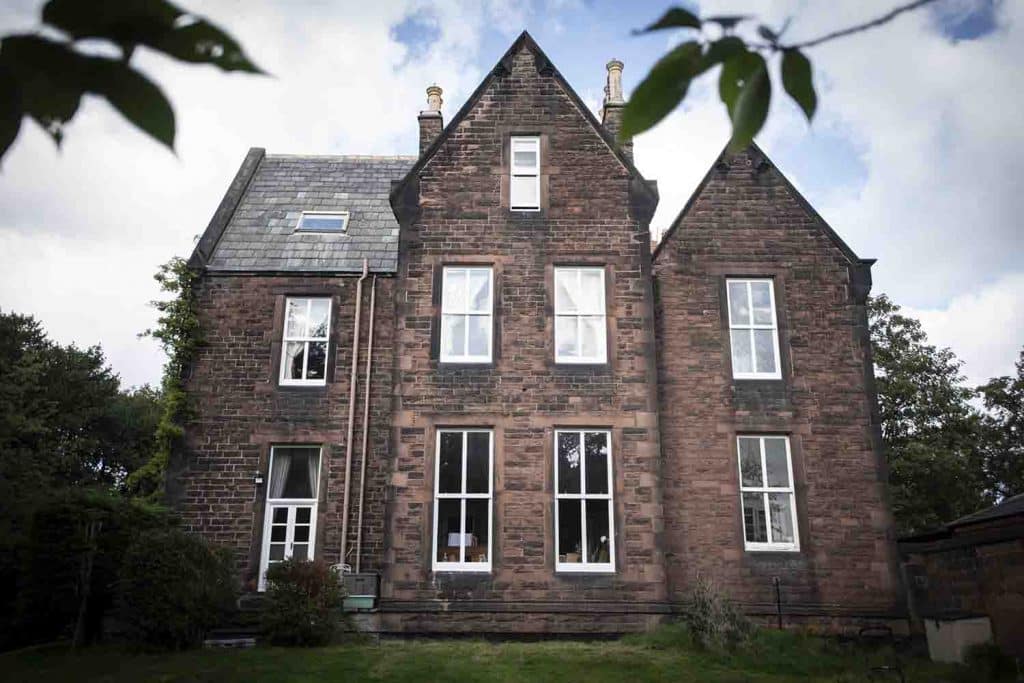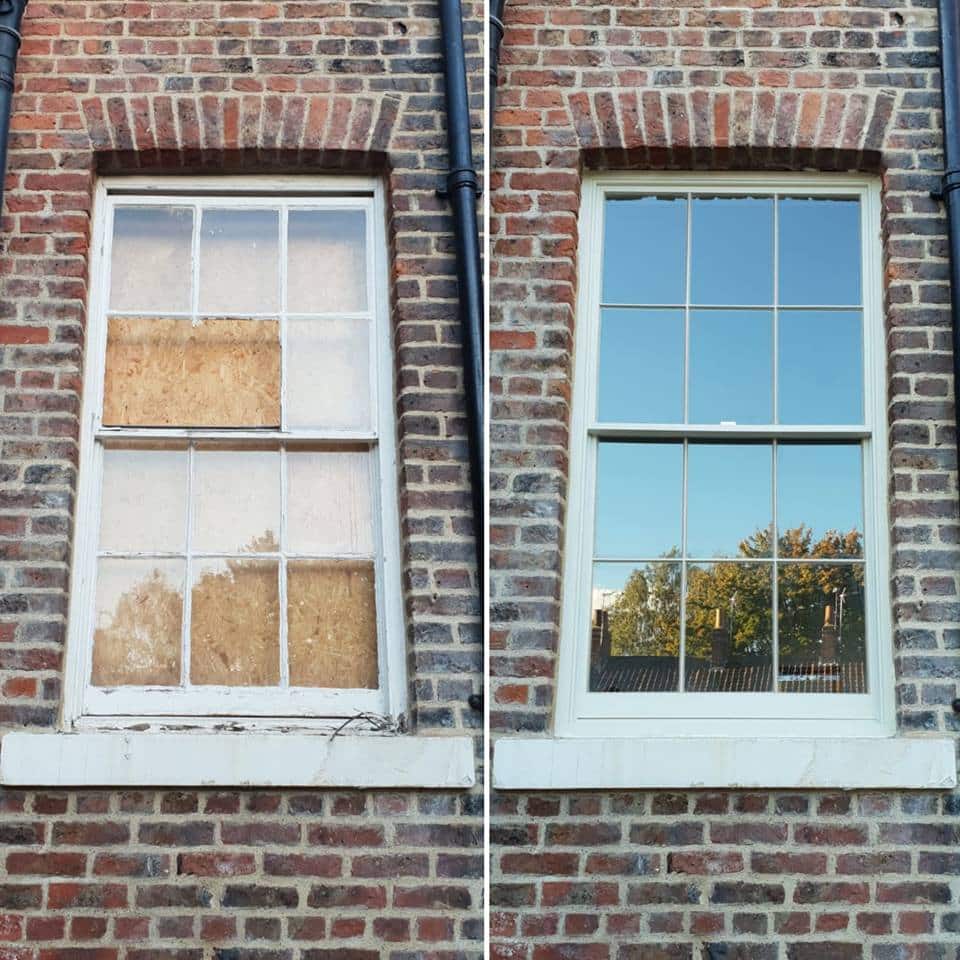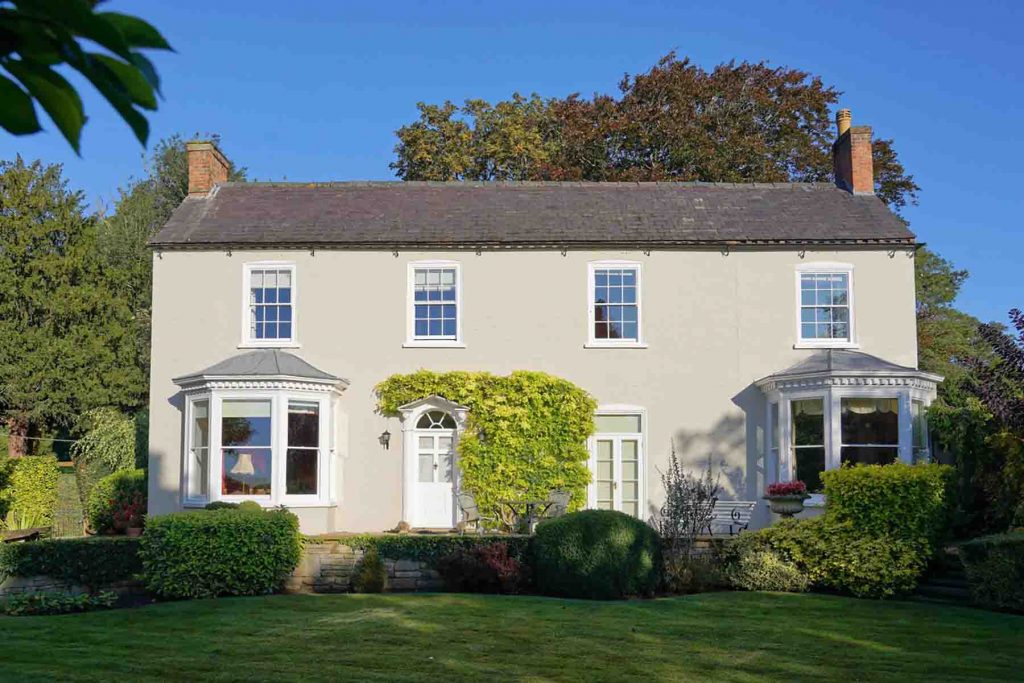Six Costly Mistakes To Avoid When Renovating Your Period Home

Renovating a period home is vital for preserving features, materials, and details that are impossible to reproduce. Not only will it future-proof your home’s heritage but it can even add value, too. But done badly, renovation work can cause lasting damage, which can ultimately decrease the worth of your home. That’s why it’s important to understand how your home is constructed before you attempt renovations, so you can make sure that repairs don’t create lasting problems.
We’ve pulled together six of the most common renovation blunders, to help you avoid making the same mistakes in your home.
Six costly mistakes to avoid when renovating your period home
1. Pulling up squeaky floorboards
Old squeaky floorboards may be driving you to distraction and you may feel that that they’re beyond help. But ripping up original floorboards and fitting new ones will effectively strip the character from your home. All that may be needed is a dash of talcum powder to prevent boards from rubbing off one another – or try replacing nails to hold them down more securely. If individual boards are damaged beyond repair, it pays to replace just those rather than start afresh with the whole floor.
2. Throwing out a door when you find rot along the bottom
Rain can collect at the base of external doors if the threshold or bottom rail isn’t in the correct position, and this can cause a strip of wet rot along the bottom of the door. However, it’s likely that a good quality, solid wood door can be saved through restoration – and it’s well worth trying – so don’t throw it in the skip! A skilled joiner can splice in new wood to replace the rotten wood, leaving it as good as new. Repainting the door can also help protect it from further wet rot damage – it’s a good idea to do this every couple of years or as soon as you notice flaking or cracked paint.
3. Using harsh chemicals to treat timbers for rot
Rather than turning to chemicals as a first option to dry out roof timbers, it’s much wiser to treat the causes of dampness and allow for drying out to happen naturally first. Chemical treatments can often be a requirement of mortgage lenders, who stipulate that damp is dealt with. So, where a home has changed hands a number of times, a cocktail of chemicals can build up over the years, creating a potentially harmful environment for anyone who lives there.
4. Forcing a jammed sash window
If you’re unable to open a sash window, please be gentle rather than forcing it. A sash can fail to move for a number of reasons – warped timber, paint build-up, broken cords, and distorted beading. Beeswax and candle wax can make a sash run more smoothly. But if it’s completely stuck, it’s worth your while contacting sash window specialists, who can carry out the necessary repairs to get your sash moving again.
 Before & After: Getting help from experts, when your windows are beyond repair, is advised
Before & After: Getting help from experts, when your windows are beyond repair, is advised5. Choosing poor quality materials
A little bit of time spent on research can help you when it comes to choosing materials. Things like inferior bricks and the wrong type of plaster not only affect the aesthetics of a home but can cause longer-term issues, too. Modern replica bricks can be weaker and of poorer quality, and salvaged bricks may have hidden damage, so it’s worth finding a reputable brick reclamation specialist. Using the wrong plaster can stop a house from ‘breathing’ too – and this can lead to damp problems over time.
6. Fitting unsuitable energy efficiency measures
Upgrading the energy efficiency of an older home is important – and, in many cases, essential to make a house fit for modern living. However, it’s vital to get specialist advice on the subject as retrofitting inappropriate energy-saving measures can cause a host of problems or be prohibited. For example, over-enthusiastic draught proofing can cut off necessary ventilation and cause damp issues. And it may be that you’re not allowed to double glaze your windows, requiring instead secondary glazing to meet the regulations for listed buildings or homes in conservation areas. The Sustainable Traditional Buildings Alliance is a handy resource for information for sustainable improvements of traditional buildings.
 Breathe life back into your period home, with a renovation project
Breathe life back into your period home, with a renovation project
Need any advice about your own renovation project?
Ventrolla have helped many period property owners through the renovation process, providing a window‐by‐window survey. Get in touch with our team today to discuss your project – call 0800 0277 454 or submit our online form.
